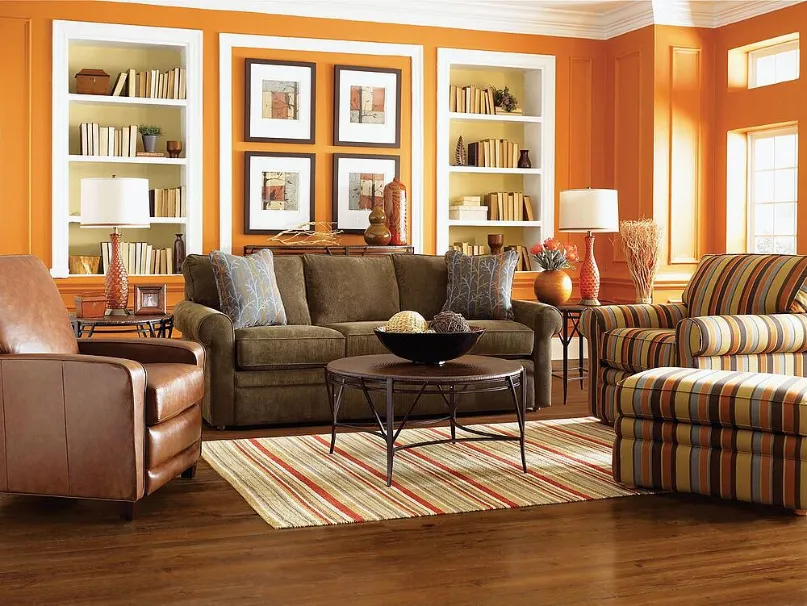Learning about the types of wood used in furniture manufacturing can help you make more informed choices for your projects. These types include hardwood, softwood and manufactured wood (such as plywood and fiberboard).
Hardwoods come from deciduous trees like oak, mahogany, maple and walnut, which possess high hardness and density properties.
Hardwood
As part of your furniture-building or purchasing experience, it is crucial that you understand the different types of wood used in production – this knowledge will enable you to choose the one most suited to your project.
Hardwoods are a type of wood that typically have darker tones than softwoods and tend to be harder and more costly than their counterparts.
To distinguish hardwoods from softwoods, pay attention to their grain patterns and pore structures. Hardwoods contain many pores which appear as tiny holes on their surfaces, which help identify these species of wood.
Hardwoods come in various colors, textures, and grain patterns that lend them the ability to add personality and longevity to furniture creations. Furniture-makers commonly utilize them due to their strength and durability – qualities which also make hardwood a good choice for other construction projects such as flooring applications or bridge building. It is important to keep in mind that some hardwood species are becoming harder and harder to obtain than ever.
Softwood
Furniture manufacturing depends heavily on wood type. Hardwood and softwood are two popular choices used for construction and design projects.
Recognizing different types of wood is key to making sure that your project goes as smoothly as possible. Selecting an ideal species will result in sturdy, long-lasting furniture with visual appeal.
Softwoods are widely used for furniture manufacturing. This wood comes from gymnosperm trees such as pine, spruce, fir, cedar and juniper.
Softwood trees feature open pore structures that make them easy to manipulate and cut into pieces, and also develop at an accelerated pace than hardwoods, leading to lower costs overall.
Plywood
Plywood is an economical and versatile wood product used in various applications, from flooring and ceilings to cabinets, shelves, windows, doors and furniture.
Plywood differs from other wood products by being constructed out of multiple layers of veneer glued together, creating a tougher and more durable wood product than its competitors.
Timber is lightweight and easy to cut, which is why carpenters and interior designers worldwide favor it over other forms of wood.
There are various varieties of plywood available, depending on the quality and application method of each application. Popular options for use in construction include MR grade, BWP and flexible ply.
Fiberboard
Furniture manufacturing uses various types of wood to craft its products, with fiberboard being one of the most prevalent examples. Fiberboard is created by breaking apart hard or soft wood into fibers which are then bound together using wax and resin as glue.
Material is then compressed using a defibrator machine under heat and pressure, creating rigid sheets which can then be used for producing products like mouldings, panels, doors or furniture parts.
These sheets typically come in various sizes and thicknesses and can be finished to meet many different specifications, including using coatings or lacquers on their surfaces.
Some manufacturers utilize the dry-forming process for fiberboard production, allowing for the use of adhesives without having to resort to wet-formed methods that dilute glulam fibers with water and can result in inferior quality products. Wet formed methods are more cost effective but the quality could suffer due to an excess of water that dilutes them over time.




